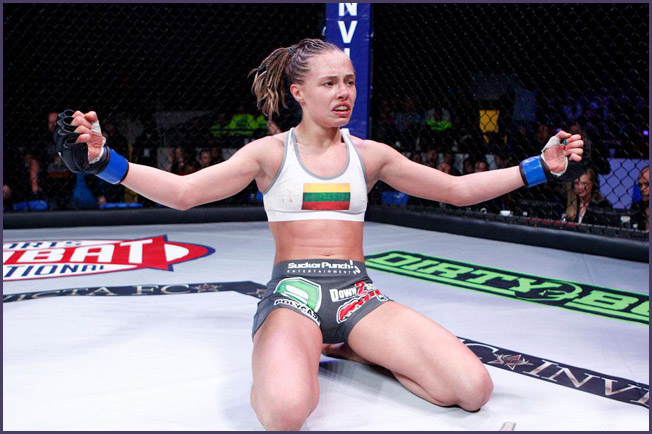
With more senior athletes participating in competitions, the number has steadily risen over the years. A variety of factors are responsible for the rise in senior athletes, including the increasing interest in sport by seniors. Even though physical fitness tends towards declining as we age there are ways to stay fit and remain active.
Sport motivation
A recent study found that senior athletes' sport motivation is affected by their age, gender, and competition level. The validated questionnaire was used in the study to measure motivation for sport participation. The table below shows Table 1. Participants were then categorized according to their sport. The questionnaire also had psychometric properties, according to the results.
The study involved 316 junior and senior athletes competing in three team sports. The participants completed three self report questionnaires. The participants were then categorized according their sport and level of competition. The results showed that football players were most motivated to achieve success, while handball players had the lowest motivation levels.
As we age, our physical fitness decreases.
A decline in physical fitness can be caused by aging, such as a reduction in muscle mass, force and endurance. The muscles also experience a decrease in range of motion, becoming more rigid. This can make it difficult to perform strenuous exercise. However, despite these aging changes, many senior athletes are still capable of performing exceptional feats.
The study found that both men and females' aerobic capacity declined by 20% every ten years. The decline in men was higher than that of women after the age of 40. This accelerate rate of decline can have serious consequences for your functional independence and your quality of living.
Exercise regimens
Exercise can be beneficial to athletes of any age. Senior athletes should include cardiorespiratory, muscle-strengthening, and balance/flexibility exercises in their exercise routine. These exercises will help seniors maintain their strength and balance. While seniors may be less susceptible to injury, they still have to work hard to maintain their competitive edge.
Make sure to get a medical clearance before you start an exercise program. You may have to adjust the intensity of your exercise program if you have had injuries in the past or are suffering from chronic illnesses. Also, you may need to alter your medication schedule and meal plan in order to get the most benefit from your program.
Nutrition
Senior athletes require nutrition that is customized to their particular needs. In general, athletes should follow the principles of good nutrition to maximize overall health and athletic performance. The individualised advice regarding diet should take into account preventive health tips. Senior athletes may be provided with dietary advice by a registered dietitian. Senior athletes might also be interested, in addition to diet advice, in topics like exercise and weight control.
An older athlete should aim to eat healthy, nutrient rich foods. This can increase recovery after intense training sessions and decrease the chance of developing debilitating age-related conditions. An older athlete, for example, should eat healthy carbohydrates to fuel their bodies and keep a healthy weight. They should also consume foods that are high in antioxidants and fiber.
Balance
The physiologic changes that occur with age have significant consequences on balance in senior athletes. Sport and orthopedic professionals need to first understand how the body changes. This will help ensure that athletes perform safely and effectively. They can then create and implement an SMT plan to address these problems. Balance training is another important part of overall fitness. Balance training promotes muscle strength, improves postural alignment and prevents falls.
Proprioception, also called joint positional sense or proprioception, is an essential component of balance. Studies have shown that elite athletes with ACL tears have significantly decreased Joint Positional sense, suggesting that secondary injury issues could be present. In one study, researchers compared Joint Positional Sensitivity of 30 elite athletes who suffered from UCL tears to that of 30 athletes who hadn't sustained an ACL injury.